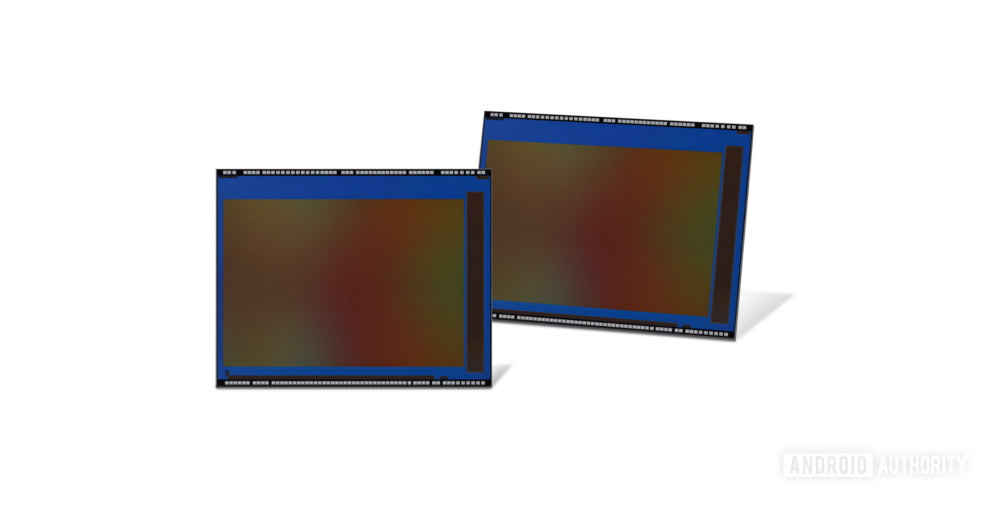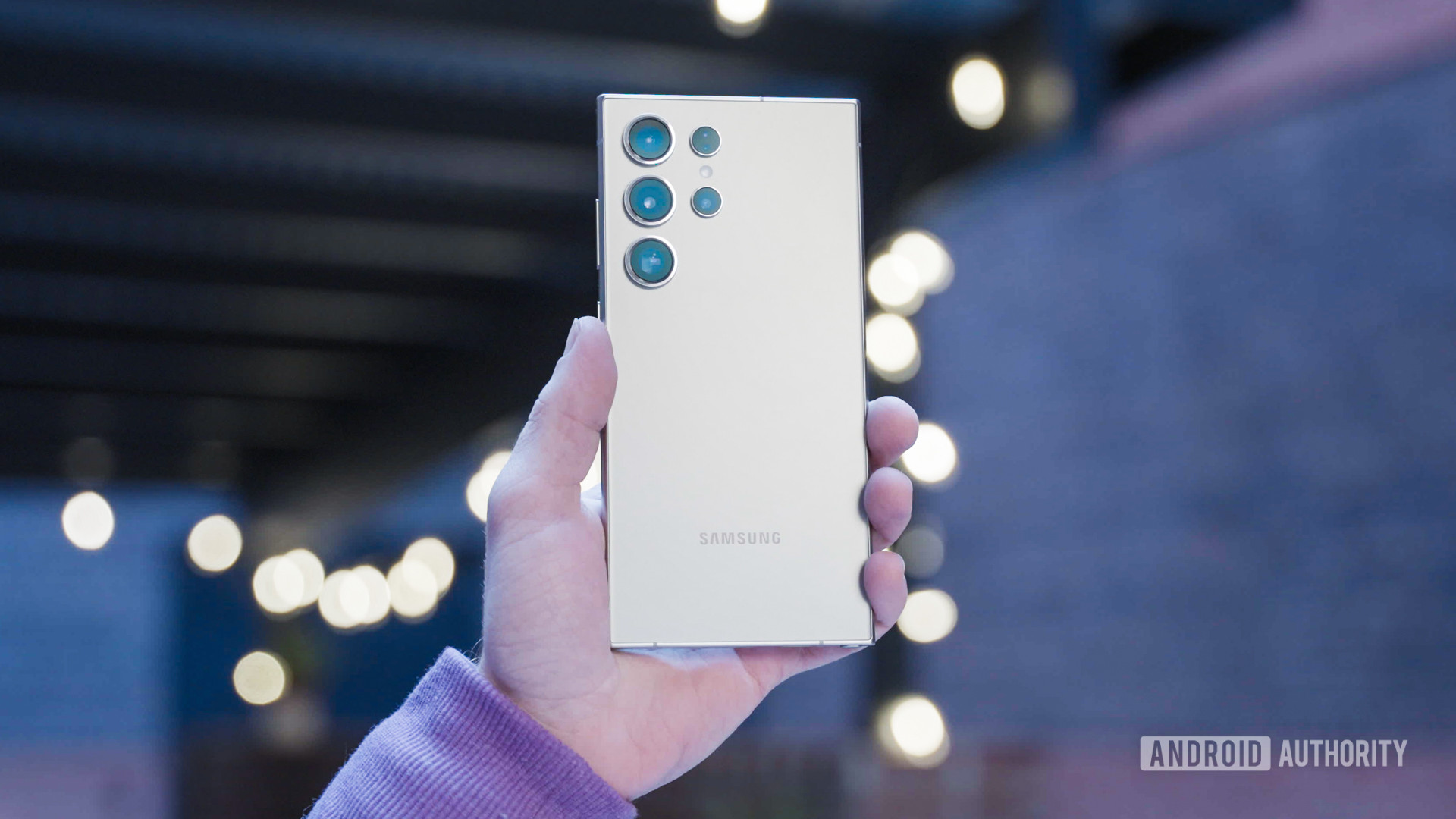Affiliate links on Android Authority may earn us a commission. Learn more.
Samsung’s new camera sensor is so small it can fit on your pinkie finger
Published onSeptember 25, 2019

After launching the 108MP camera sensor recently and a 64MP sensor months ago, Samsung has now unveiled a new 43.7MP camera sensor called ISOCELL Slim GH1.
The new camera sensor from Samsung measures just 5mm in size and is the tiniest one ever made by the company. At that size, the sensor is even smaller than the width of your pinkie finger. Samsung says that the ISOCELL Slim GH1 will offer high-resolution images with bright and vivid colors, as you’d expect from a 43.7MP sensor.
The Slim GH1 also adopts the smallest pixel size in the industry with 0.7 micron pixels packed in the ultra-compact unit. In comparison to the ISOCELL Slim GH1, Samsung’s 32MP, 48MP, 64MP and 108MP camera sensors pack 0.8 micron pixels.
A small pixel size isn’t anything to shout about usually, as pixel size is one of several factors that influence low-light image quality, with smaller pixels capturing less light.
But the sensor also uses Samsung’s take on pixel-binning (dubbed Tetra-cell) to enable image quality equivalent to an 11MP 1.4 micron pixel image sensor. Meanwhile, 32MP and 48MP sensors use pixel-binning to generate picture quality that’s comparable to an 8MP and 12MP 1.6 micron pixel image respectively. The firm also added pixel isolation tech to reduce optical loss and color cross-talk.
A replacement for 32MP selfie cameras?
By further shrinking the form factor and pixel size, Samsung is hoping to place the new Slim GH1 sensor in smartphones with full-display designs. This means that the sensor will likely feature on the front-facing camera of phones that want to keep a slim profile and large display. It is possible that Samsung is looking to switch out its current 32MP ISOCELL Bright GD1 sensor with the Slim GH1 starting with its own phones.
The ISOCELL Slim GH1 can record 4K videos at 60 frames per second (fps). Samsung says while most high-resolution sensors crop down full image resolution when filming in 4K, the Slim GH1 is able to record at this quality with minimal loss in field of view.

“Using Tetracell technology, the GH1 is converted down to 3,984 × 2,740, a resolution that snugly covers the 4K (3,840×2,160) resolution, allowing users to capture more detailed backgrounds when recording high-resolution videos or selfies at 60T frames per second,” says Samsung.
The GH1 also features gyro-based electronic image stabilization (EIS), phase detection auto-focus technology (PDAF), HDR, and Super PD for precision auto-focus.
Samsung says that the GH1 Slim will go into mass production by the end of the year. This means that we will only see smartphones with the new sensor release sometime in the first half of 2020.